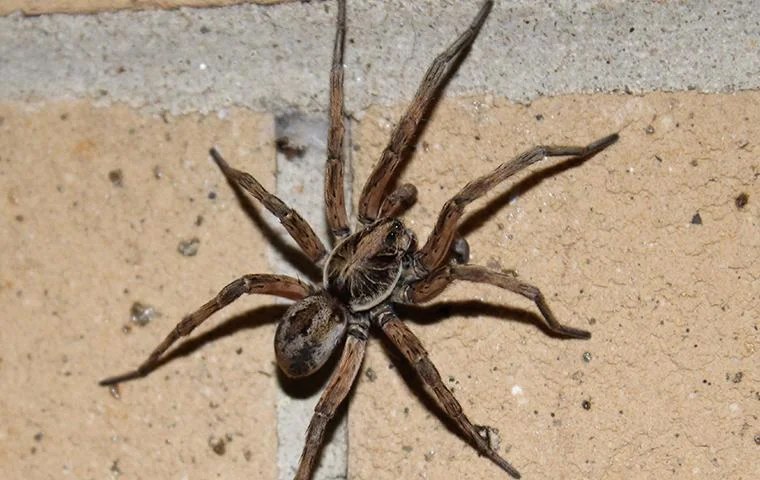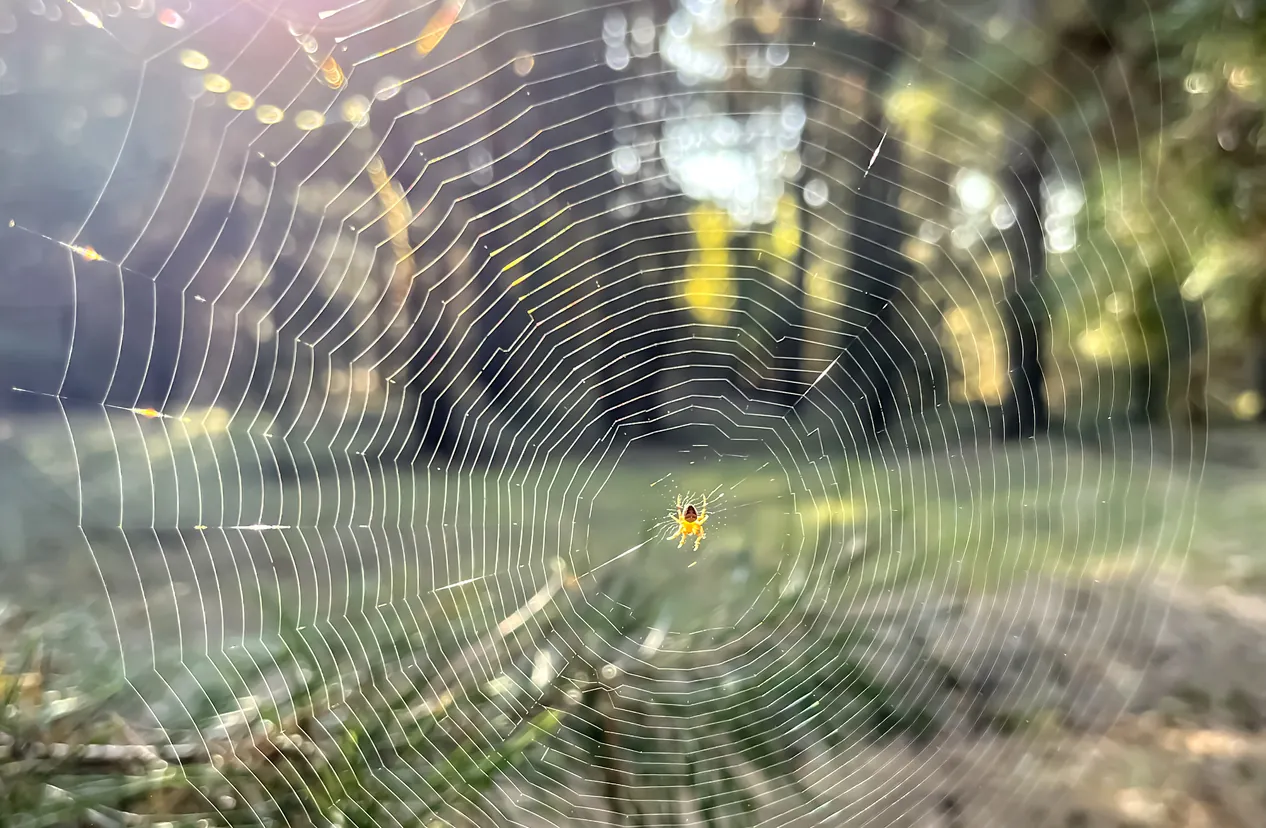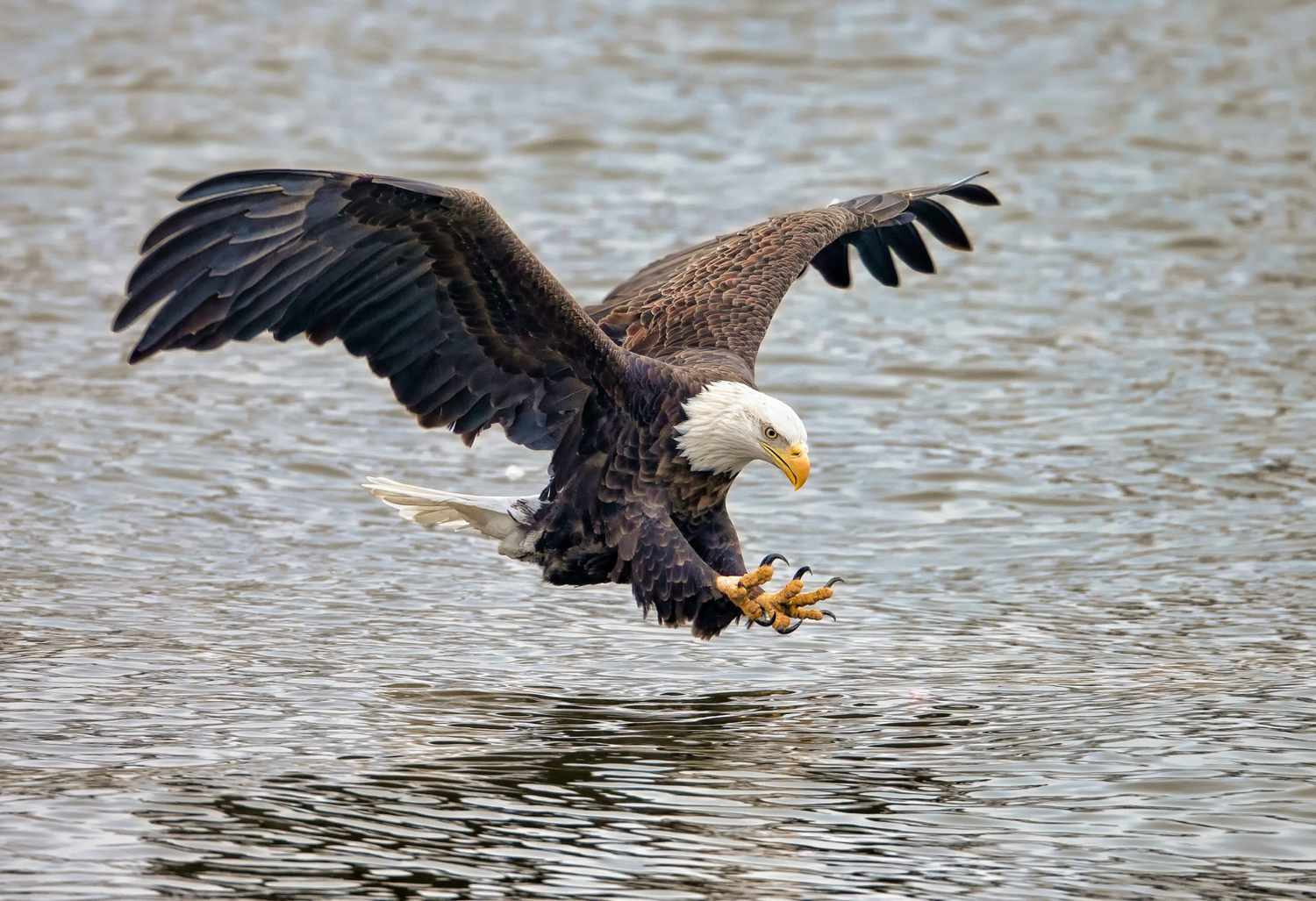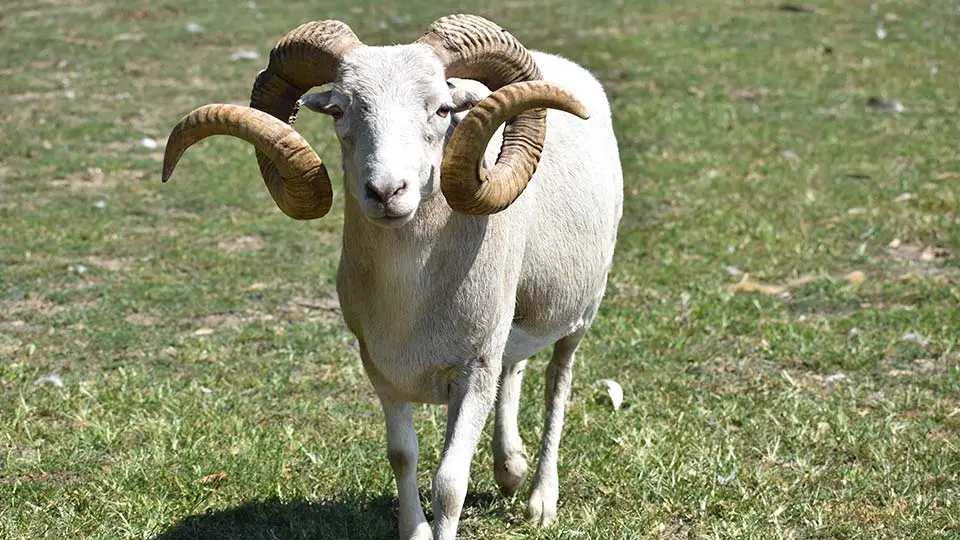Spiders often evoke mixed feelings, from fascination to fear. In Texas, where the warm climate supports a wide range of spider species, identifying large spiders can be both intriguing and important for understanding their role in the ecosystem. This article will guide you through the process of recognizing some of the most common large spiders you might encounter in the Lone Star State.
Understanding Spider Characteristics
Before diving into specific types of large spiders, it’s helpful to understand general spider characteristics that will aid in identification. Spiders have a few common features:
- Eight Legs: Unlike insects, which have six legs, spiders have eight.
- Two Body Segments: Spiders have a cephalothorax (a fused head and thorax) and an abdomen.
- No Antennae: Unlike insects, spiders do not have antennae.
- Spinnerets: These are small structures at the rear of the abdomen that produce silk.
Knowing these basics will help you distinguish spiders from other arachnids and insects.
Common Large Spiders in Texas
1. Texas Brown Tarantula
The Texas Brown Tarantula (Aphonopelma hentzi) is one of the most well-known large spiders in Texas. Here’s how to identify it:
- Size: Adults can have a leg span of up to 5 inches.
- Color: They are usually brown or reddish-brown.
- Body Shape: They have a robust and hairy body, which can make them appear larger.
- Habitat: They prefer dry, sandy areas, such as deserts and scrublands.
Despite their fearsome appearance, Texas Brown Tarantulas are generally docile and are not considered dangerous to humans. Here is more How to Find the Best Deals on East Texas Trailers
2. Golden Huntsman
The Golden Huntsman (Joro spider) is another large spider found in Texas. Identification tips include:
- Size: They can grow up to 2 inches in body length, with a leg span of up to 4 inches.
- Color: Their color can vary from golden yellow to reddish-brown, with striking markings.
- Body Shape: They have a flattened body and long legs.
- Habitat: They are often found in wooded or leafy areas, especially near water sources.
Golden Huntsmen are active hunters and do not spin webs; instead, they chase down their prey.
3. Wolf Spider
Wolf Spiders (Lycosa spp.) are large and robust spiders that are common in Texas. Here’s what to look for:
- Size: They range from 1 to 2 inches in body length, with a leg span of up to 4 inches.
- Color: They are typically brown or gray with patterned markings.
- Body Shape: They have a stocky body with a distinctive pattern on their back.
- Habitat: They are commonly found on the ground in leaf litter, under rocks, and in grassy areas.
Wolf Spiders are known for their speed and their ability to pounce on prey rather than build webs.
4. Giant Crab Spider
The Giant Crab Spider (Olios giganteus) is another notable large spider in Texas. Features to identify it include:
- Size: It can have a leg span of up to 5 inches.
- Color: They are generally pale brown or beige with some dark markings.
- Body Shape: Their body is elongated with long, spindly legs that resemble a crab’s.
- Habitat: They are often found in gardens and woodlands, hiding under leaves or bark.
These spiders are known for their large size and distinctive leg arrangement.
Safety Tips and Handling
While large spiders can be intimidating, it’s important to remember that most are harmless. Here are some safety tips:
- Avoid Handling: Even though many large spiders are not aggressive, it’s best to avoid direct contact.
- Use a Stick: If you need to move a spider, use a stick or a similar tool to avoid getting too close.
- Know the Risks: Familiarize yourself with the few venomous spiders in Texas, such as the Brown Recluse, to distinguish them from non-venomous species.
Conclusion
Identifying large spiders in Texas can be both educational and practical. By understanding their characteristics and knowing which species are common, you can better appreciate these fascinating creatures and coexist with them safely. Remember, spiders play a crucial role in controlling insect populations and maintaining ecological balance. So the next time you spot a large spider, take a moment to observe and admire it from a safe distance!





